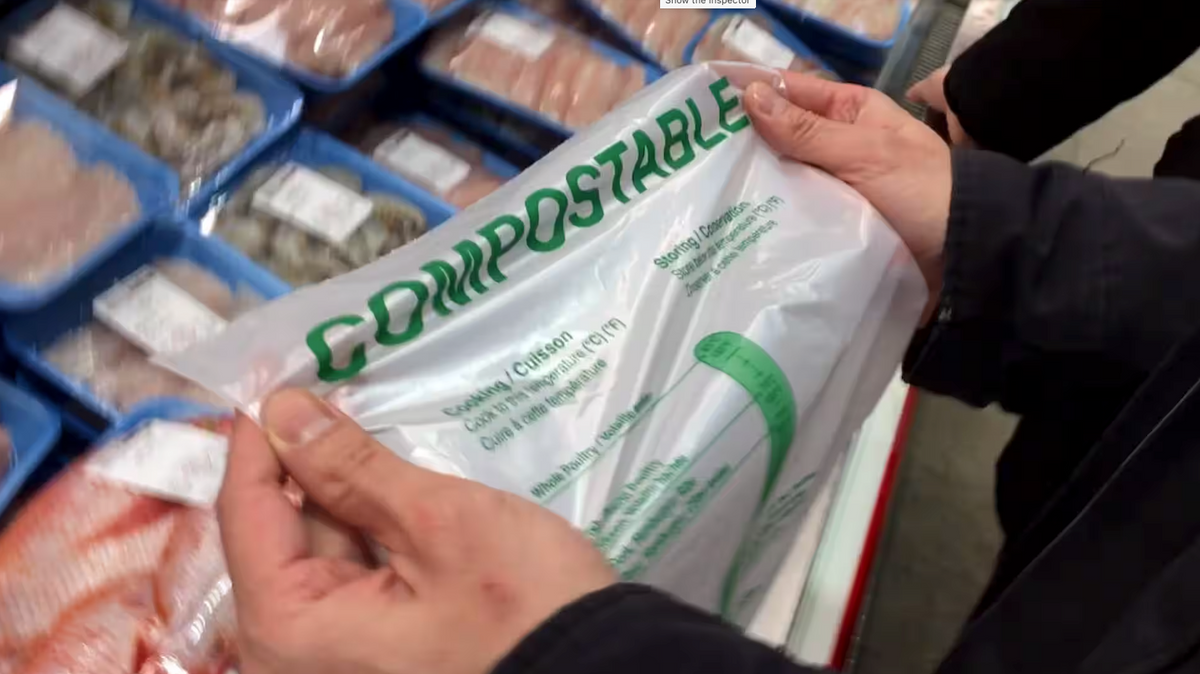THE TRUTH ABOUT COMPOSTABLE PACKAGING

Compostable packaging has gained popularity in the consumer packaged goods (CPG) industry as we strive for a more sustainable world. However, there are misconceptions and misleading claims surrounding compostable packaging. In this article, we want to debunk the myths and greenwashing associated with compostable packaging while highlighting the benefits of mono materials as an ideal sustainable option.
- Clearing Up Misconceptions about Compostable Packaging: Let's address some common misunderstandings about compostable packaging and set the facts straight:
a) Compostable packaging is not always suitable for backyard composting: While compostable packaging is designed to break down in composting conditions, it's important to know that not all compostable materials can be composted at home. Specific industrial composting facilities, with controlled temperature and humidity, are often required for proper decomposition. It's crucial to dispose of compostable packaging accordingly.
b) Compostable packaging does not solve litter or marine pollution issues: Compostable packaging is not a magical solution to address waste or marine pollution. If compostable packaging is not disposed of correctly, such as being thrown in regular trash bins or as litter, it can still harm the environment. We need effective waste management systems, education, and infrastructure to maximize the benefits of compostable packaging.
c) Compostable packaging may only sometimes be the most energy-efficient option: Although compostable packaging aims to reduce reliance on fossil fuels, it can require additional energy during production compared to conventional packaging materials. To understand its environmental impact, we need life cycle assessments considering resource extraction, manufacturing, transportation, and end-of-life disposal.
The Dilemma of Greenwashing: the deceptive practice of misleading consumers about a product's environmental benefits is a concern in the compostable packaging industry. To ensure authenticity and transparency, consider the following:
a) Look for reliable certifications: To verify compostable packaging claims, look for third-party certifications such as the Biodegradable Products Institute (BPI) certification or the European standard EN 13432. These certifications ensure that the packaging meets specific criteria for compostability, backed by rigorous testing and verification processes.
b) Demand clear and transparent messaging: Companies should communicate transparently about the limitations and proper disposal methods for compostable packaging. Clear labeling and educational materials can help consumers understand how to dispose of compostable packaging correctly to achieve the intended environmental benefits.
Monomaterials: The Ideal Choice for Sustainability: Monomaterials emerge as a compelling alternative to compostable packaging in the quest for sustainable packaging. Monomaterials consist of a single type of material, making them easier to recycle and more likely to retain their value in the recycling stream. Here are the key benefits of monomaterials:
a) Simplified recycling: Monomaterials, like mono-polyethylene terephthalate (PET), are easily identified and separated, streamlining recycling processes. With proper collection and sorting systems, monomaterials can be efficiently recycled into new products, reducing the need for virgin materials.
b) Lower carbon footprint: By prioritizing mono-material packaging, companies optimize recycling efforts, reduce energy consumption, and minimize greenhouse gas emissions associated with packaging production. This approach aligns with circular economy principles, contributing to a more sustainable future.
c) Consumer-friendly and effective: Monomaterial packaging is often more familiar to consumers, reducing confusion and promoting proper disposal. Monomaterials encourage positive consumer behaviors and support an efficient recycling infrastructure by simplifying recycling processes.
While compostable packaging has merits, it's crucial to dispel the misconceptions and greenwashing prevalent in the CPG industry. Companies must prioritize transparency and accurate messaging and rely on reputable certifications to build consumer trust.
Moreover, embracing monomaterials as an alternative offers significant sustainability benefits by enhancing recyclability and reducing the carbon footprint of packaging. By making informed choices, we can collectively work towards a greener, more sustainable future in the CPG industry.